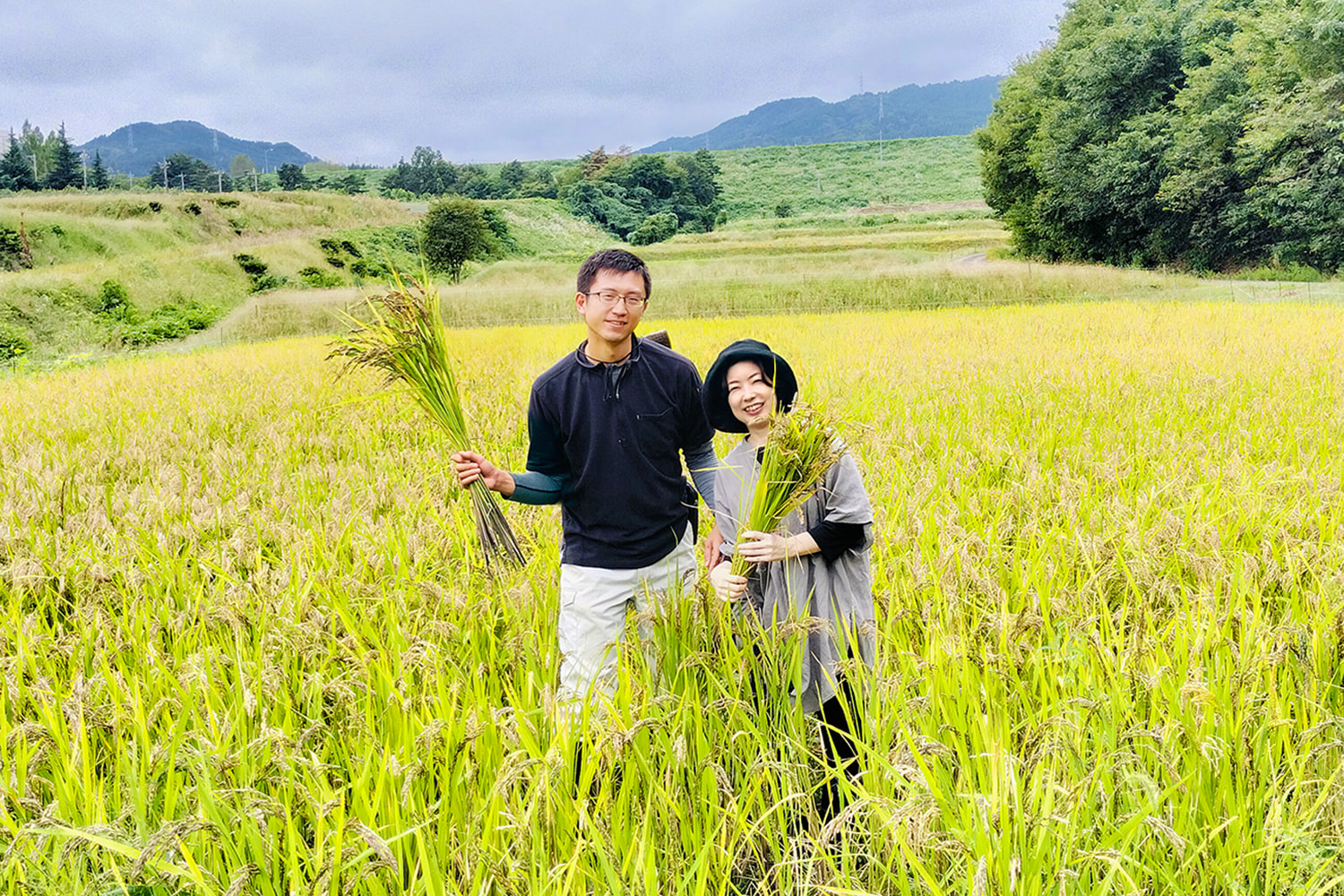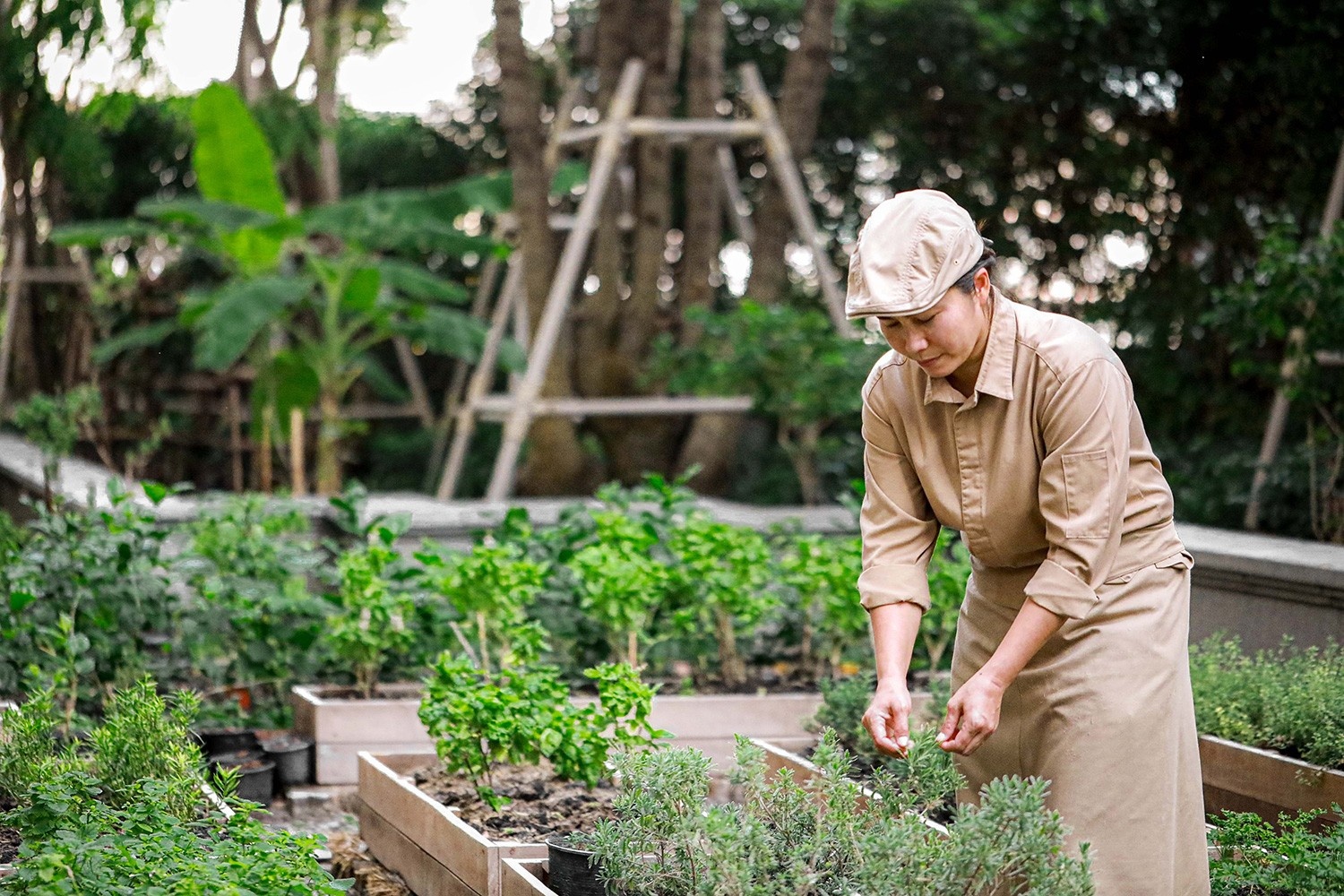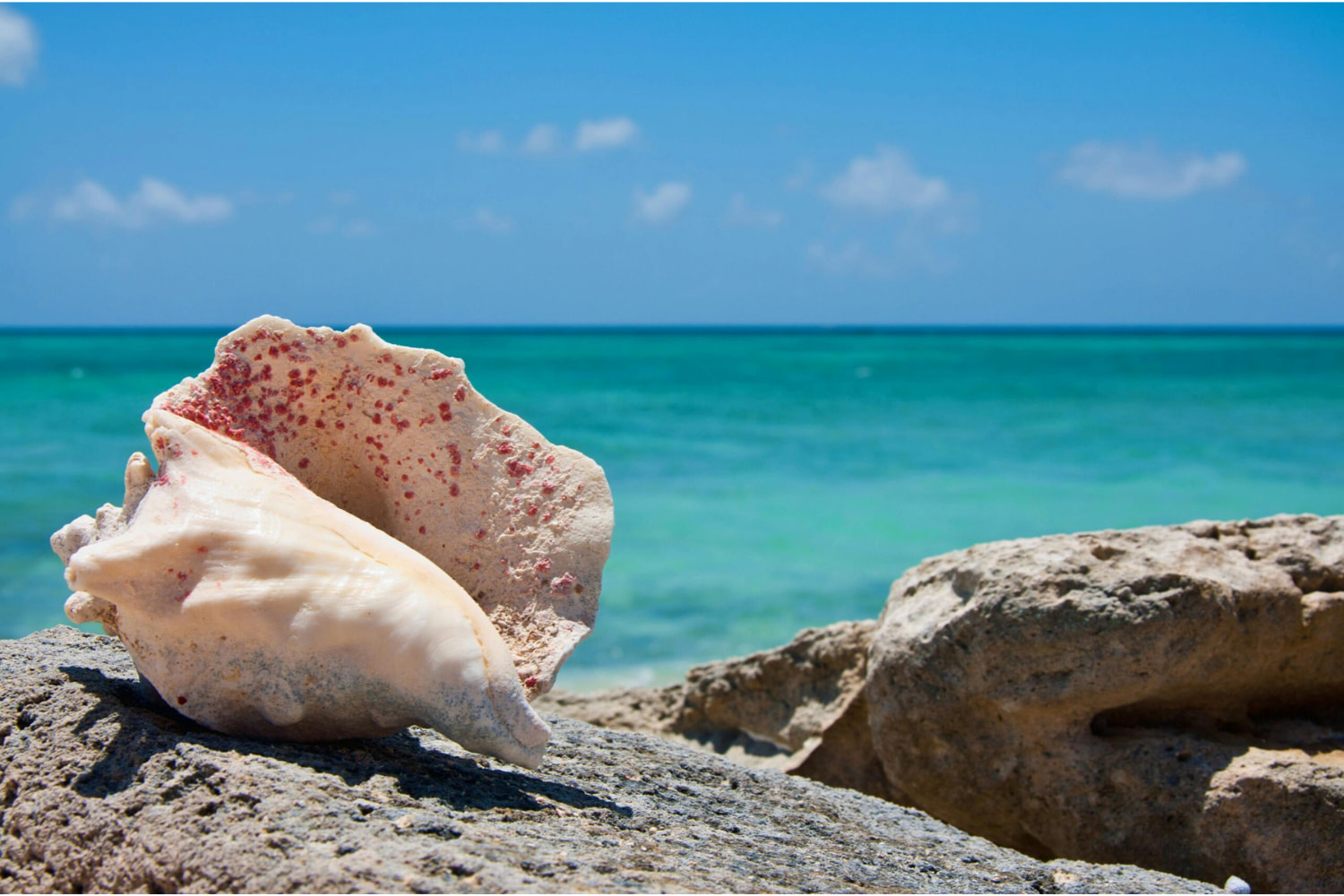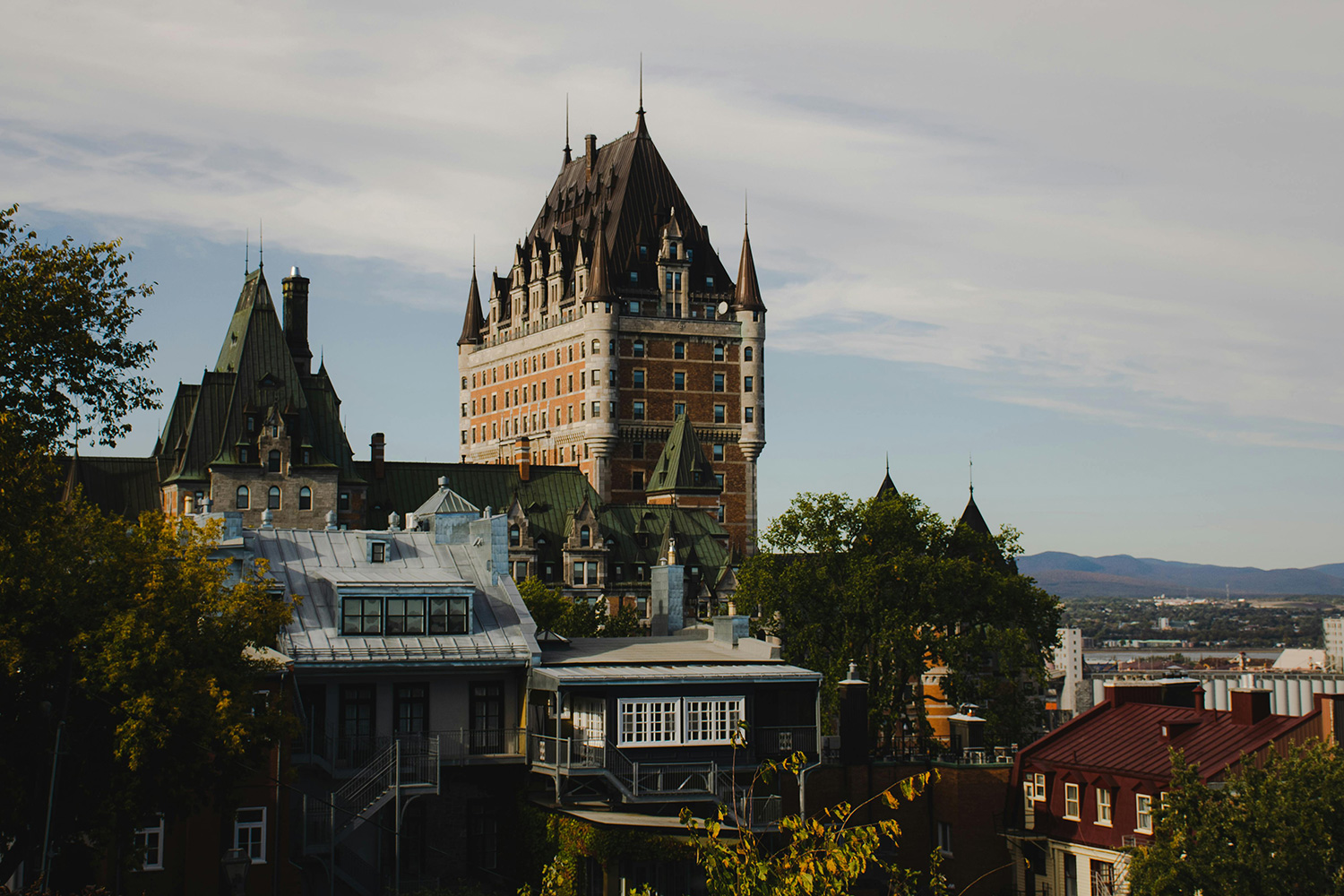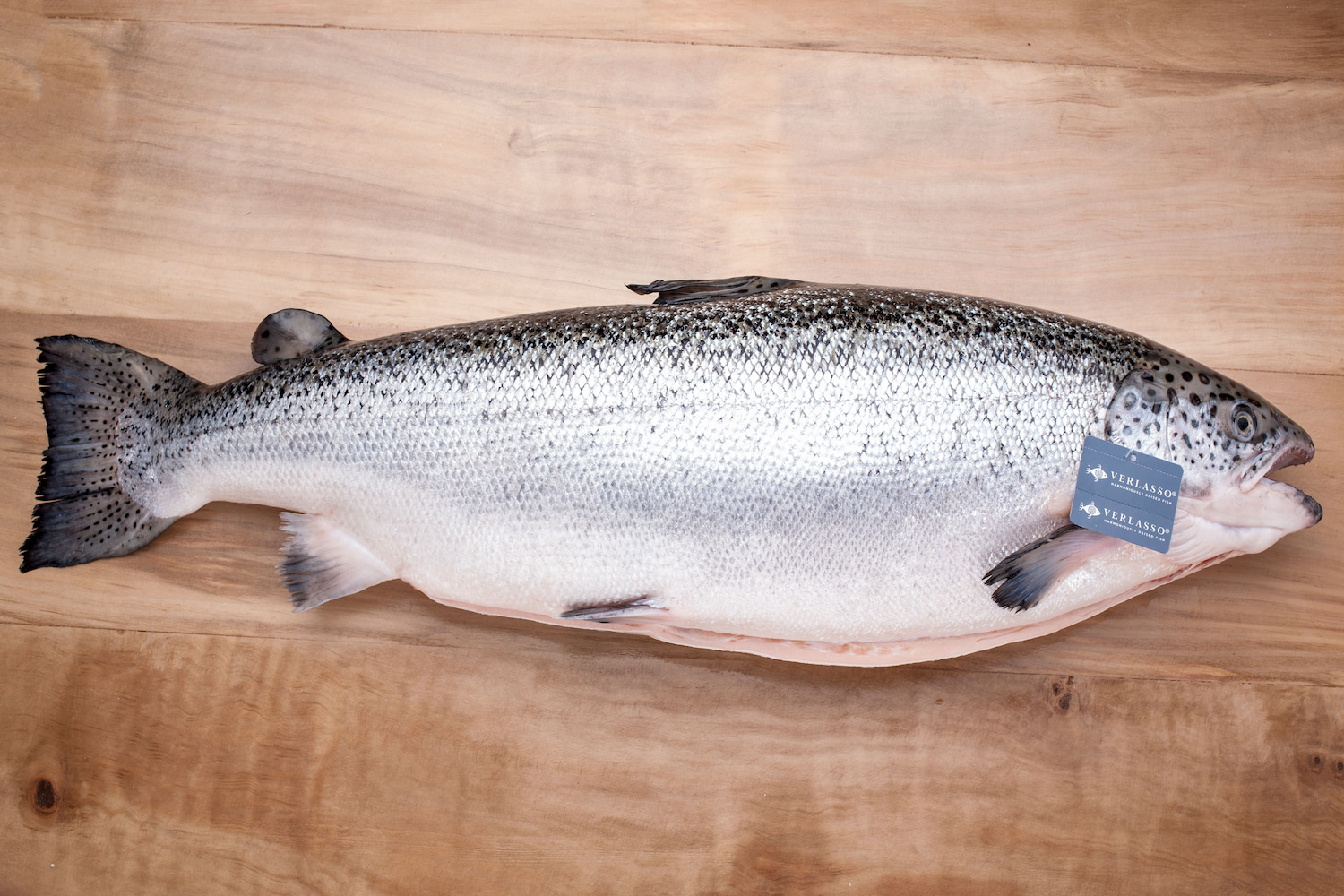North Stars:

Heritage Value

Production & Consumption

Waste Management
“I believe it’s important to focus on the people who eat the food, and that safety and great taste must go hand in hand.“
I sat on a blanket in the serene stillness of the Japanese countryside, surrounded by rice paddies. From such a vantage, it was easy to envision farmers of old, tending their rectangular plots to painstakingly produce the country’s hallowed staple of diet and culture: rice.
It’s a scene that 34-year-old Shinichiro Hatta, owner of Ofukywaku Farm in Nanto, five hours northwest of Tokyo, is seeking to save. As older farmers age out of farming, land lies abandoned. Hatta has picked up the plow in hopes that others will join him in keeping the nation’s heritage of rice growing alive.
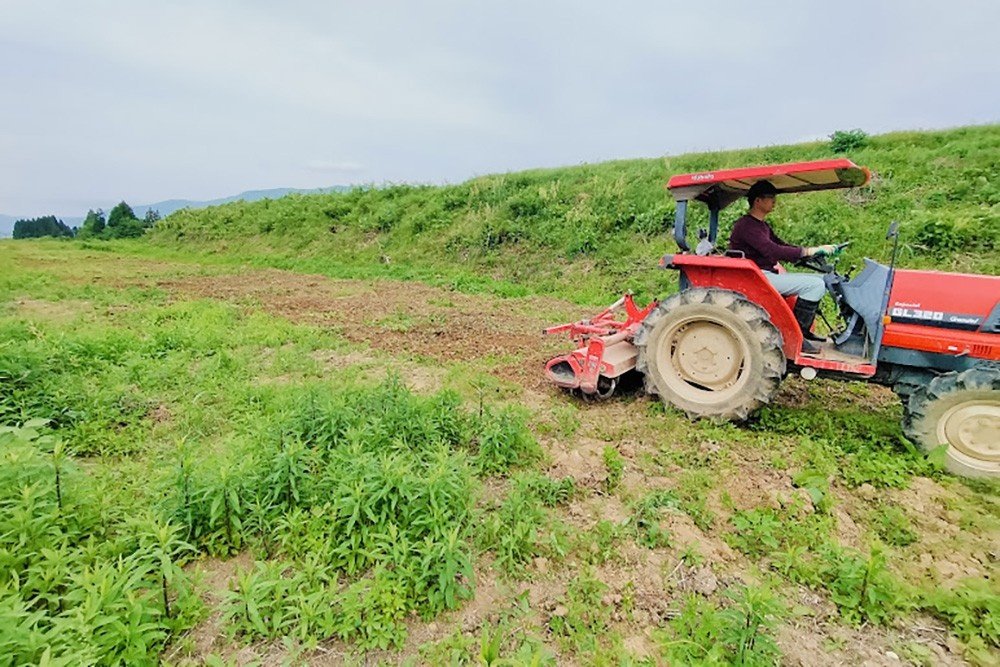
Restoring abandoned rice fields. Courtesy of Shinichiro Hatta.
Saving Japan’s Rice Heritage
Rice is more than just a mainstay of this island country. It’s woven into the fabric of Japanese life, holding historic and spiritual significance and cultural symbolism. But the industry is beset by myriad issues imperiling the grain industry’s longevity. With declining profits, governmental growth limits have sparked shortages and protests. Rice consumption has also dropped, as Japanese consumers turn to Western foods.
Hatta is half the average age of a farmer. But he forms part of a developing trend of younger people taking up traditional farming. Known as Nantonone, this small collective not only seeks to preserve this vital part of Japanese culture and cuisine, but move it forward by embracing organic and sustainable farming methods. Currently eight members, the group meets in person or online every two to three months to share information and best practices and sometimes ships assortments of their vegetables to stores. Beyond growing organic rice, vegetables, and fruit, these like-minded farmers get their message out in diverse ways as well; one organizes classes in organic farming, while another hosts a YouTube channel.
Selling Organic
Hatta’s vision may prove a Sisyphean task. For one, despite a celebrated food culture, Hatta says “it’s still quite rare for Japanese consumers to buy organic vegetables and rice.” Soft-spoken and earnest, speaking through a translator, Hatta attributes this pattern to Japan’s high standards for hygiene and food safety. Japanese customers have long preferred unblemished produce, uniform in size and shape. And it hasn’t helped that the country’s organic farms have previously yielded unpalatable products suffering damage from bugs. “People often used to say, ‘it’s bitter because it’s organic,'” he laments.
In fact, farming methods emphasizing safety or the environment are rather new in Japan. Severe food shortages after World War II prompted the government to prioritize mass production of cheap food using highly toxic pesticides and chemical fertilizers. Growing recognition of environmental pollution from industrial waste in the 1970s raised public concern, and the idea of organic farming began to spread as an alternative.
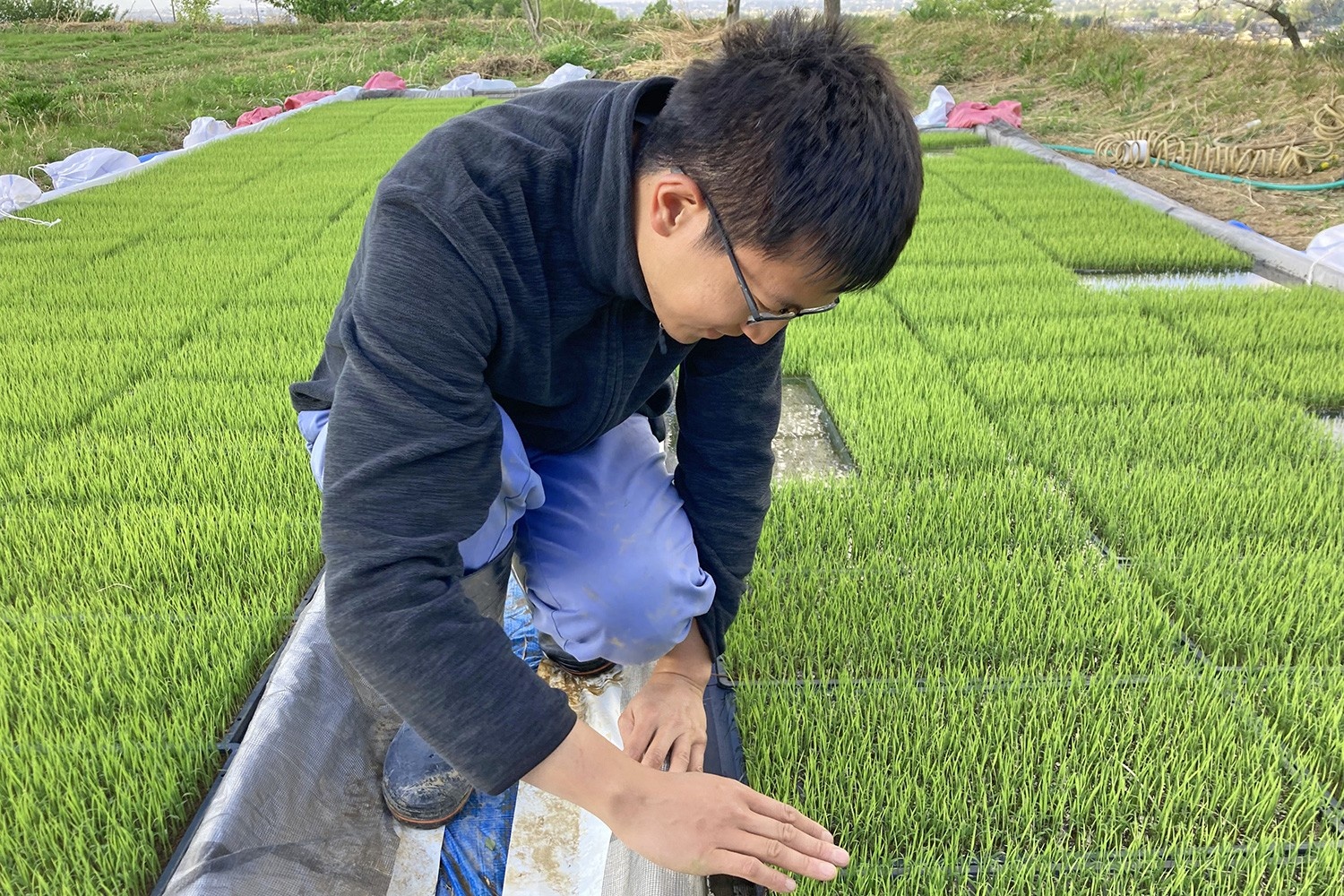
Hatta checking on his rice seedlings. Courtesy of Shinichiro Hatta.
Change Grows From the Tiniest Grain
A former chef, Hatta first became interested in organic farming after illnesses in the family prompted him to consider the relationship between food and wellness. Realizing that better food might promote health, he sought to learn more.
Hatta attended natural farming classes and apprenticed under a local farmer before striking out on his own last year. He rents 12 abandoned rice fields totaling two hectares, where, in addition to rice, he farms onions, potatoes, and sweet potatoes. Ofukywaku Farm is considered small by conventional rice farm standards. Those farms usually average 10-20 hectares and larger organic farms about five hectares. It is difficult to expand the scale, Hatta says, without using herbicides or pesticides.
I visited Hatta’s rice paddies on a sunny day in late April, just as he was beginning to prepare the fields for planting. He’d just completed araokoshi, the initial plowing, which takes place after the snow has melted and the soil begins to dry. The health of the soil seemed evident; the rich brown color standing out against ridges of verdant grass.
Soon he’d flood the fields with water and use a tractor to churn the soil into mud, a process called shirokaki or puddling. He was already preparing to grow rice seedlings in pools built near the paddies, nurturing them for 25-35 days before transplanting, longer than average to ensure their strength to counter weeds.
Hatta feels connected to his seedlings. “Sometimes I feel as if they are my children,” he says. “Watching them grow strong also makes me feel the power of the predecessor who bred these varieties before me, as well as the great power of nature itself.”
For the rice, he grows three varieties: Inochi no Ichi, Yuudai 21, and Yamada Nishiki, known as the “King of Sake Rice.” Hatta grows the latter variety for a local brewery, partnering with them to provide organic rice for their sake. Working with a compost manufacturer, the leftover lees from the sake brewery get turned into compost, which Hatta then uses in his fields to cultivate the brewery’s Yamada Nishiki rice.
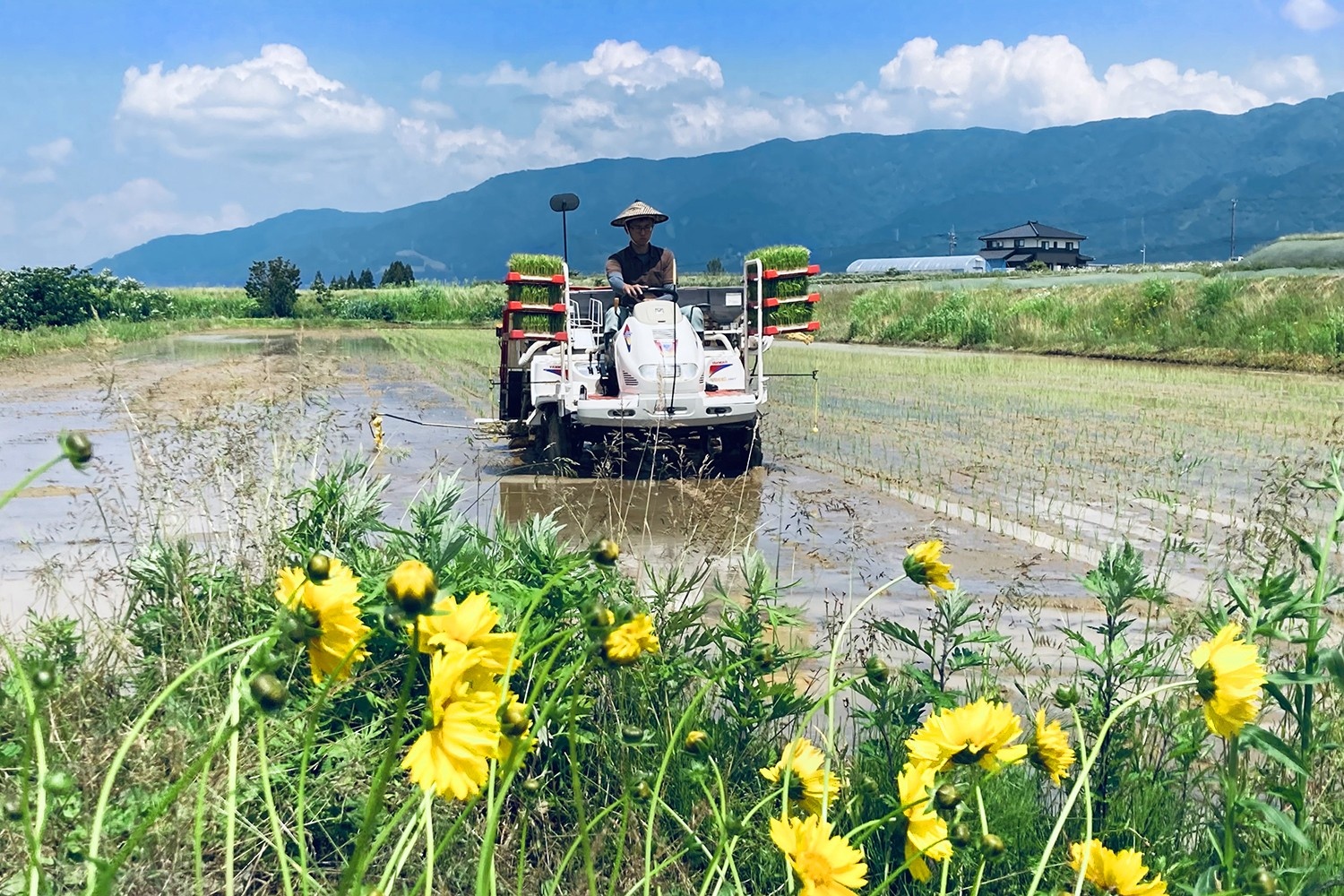
Planting rice using repaired and restored machinery. Courtesy of Shinichiro Hatta.
His approach to organic farming includes tilling to increase the soil’s exposure to air and improve soil health and utilizing underground tubes for irrigation instead of area canals. Neighboring farmers use chemicals, which contaminate the water.
In trying to reshape how people think about organic rice, Hatta plants rice prized for its flavor as opposed to traditional varieties. But Hatta prioritizes taste over heritage.“I believe it’s important to focus on the people who eat the food, and that safety and great taste must go hand in hand,” he says.
Hatta’s farm location aids in that effort. Nanto, located in the Toyama Prefecture, sits where rivers carry fertile soil from upstream. Since the mineral-rich, snow-melted water flowing from the mountains remains cold during Japan’s hot summers, his rice thrives, he says.
Local policy also supports his efforts. While Japan doesn’t offer national subsidies for nascent farmers, Hatta receives assistance in Nanto, thanks to the local mayor, a Buddhist monk who wants organic farming to thrive.
Buddhism, Tradition, and Forging Ahead
Hatta’s beliefs inform his organic farming philosophy as well. As a follower of Pure Land Buddhism, Hatta acts with a “spirit of gratitude toward the living organisms in the farmland, the people who have entrusted the land to us, and the local community members who have warmly welcomed and supported us,” he says.
He also adheres to a business philosophy from the historic Edo period merchants known as Sanpo Yoshi. Directly translating to “three-way satisfaction,” it means that business transactions should be good for the seller, maker, and buyer. Everyone involved should benefit, and business dealings should be a net good.
While organic rice costs nearly double that of conventionally-produced grains, Hatta’s mission has paid off: his inaugural harvest, available direct to consumers via his website, completely sold out. Rice will be available for sale again in early October, and he’s exploring the possibility of international sales. New this year, his rice will be served at a nearby inn by a chef who follows a cooking philosophy of washoku, a traditional and socially conscious culinary practice centered on seasonal, local ingredients and a deep respect for nature. It’s an uphill climb, but Hatta is proving that respect for land and community can, in fact, yield abundance.

Liz Susman Karp writes about the intersection of food and culture, including food systems, culinary history, and foodways. Her work has been published in Food Print, Civil Eats, Modern Farmer, Atlas Obscura, and Offrange, among others. She’s based in New York’s Hudson Valley, where she enjoys exploring the area’s rich agricultural heritage and offerings. When she’s not visiting one of her local farmers markets, you can find her traveling or playing or watching tennis. Follow her on Instagram @5tennis.
North Stars: Heritage Value, Production & Consumption, Waste Management


